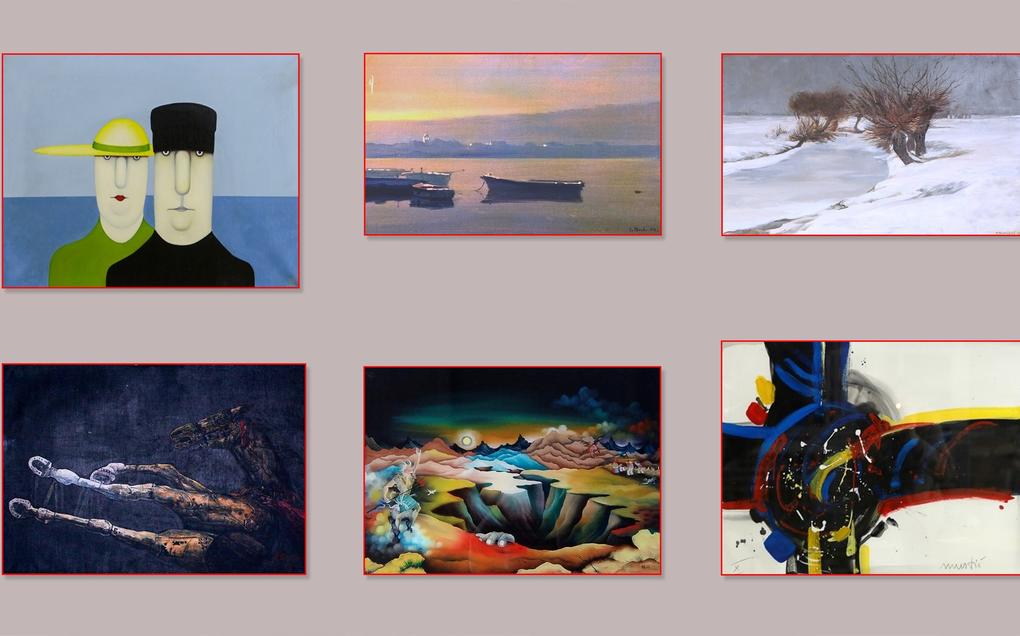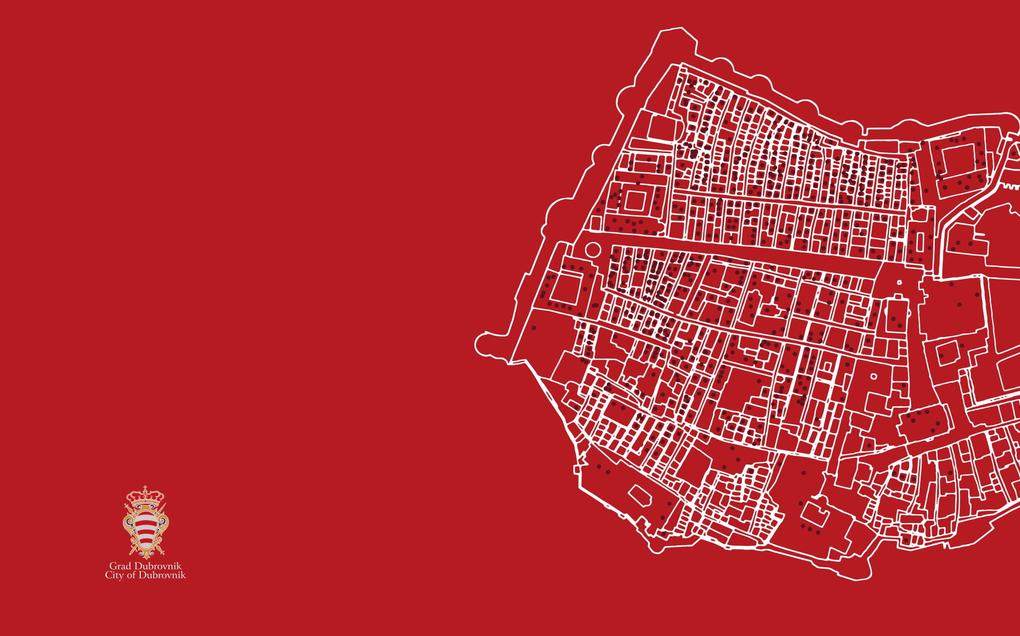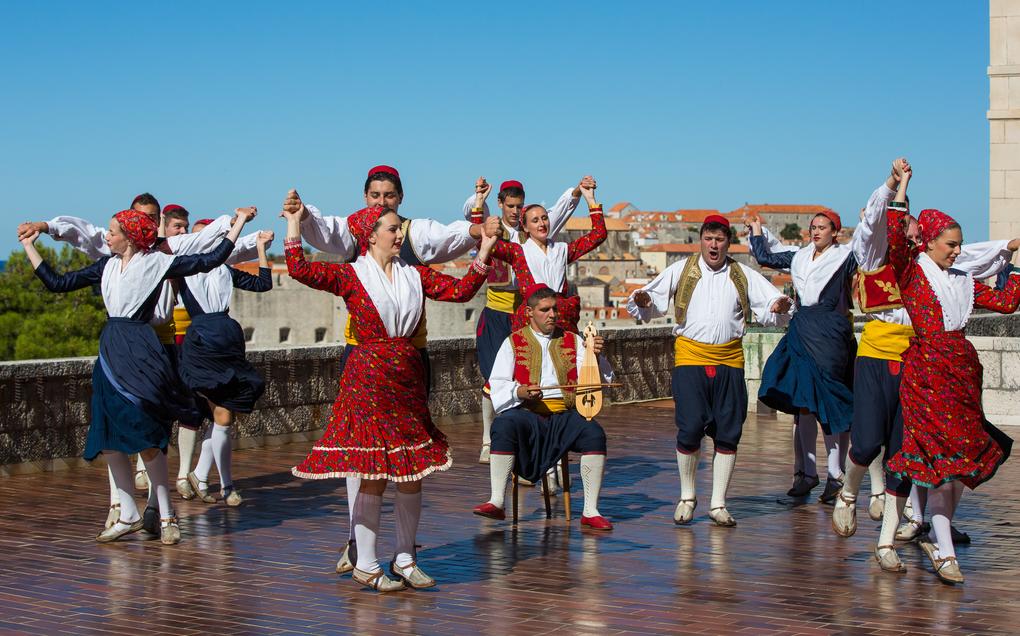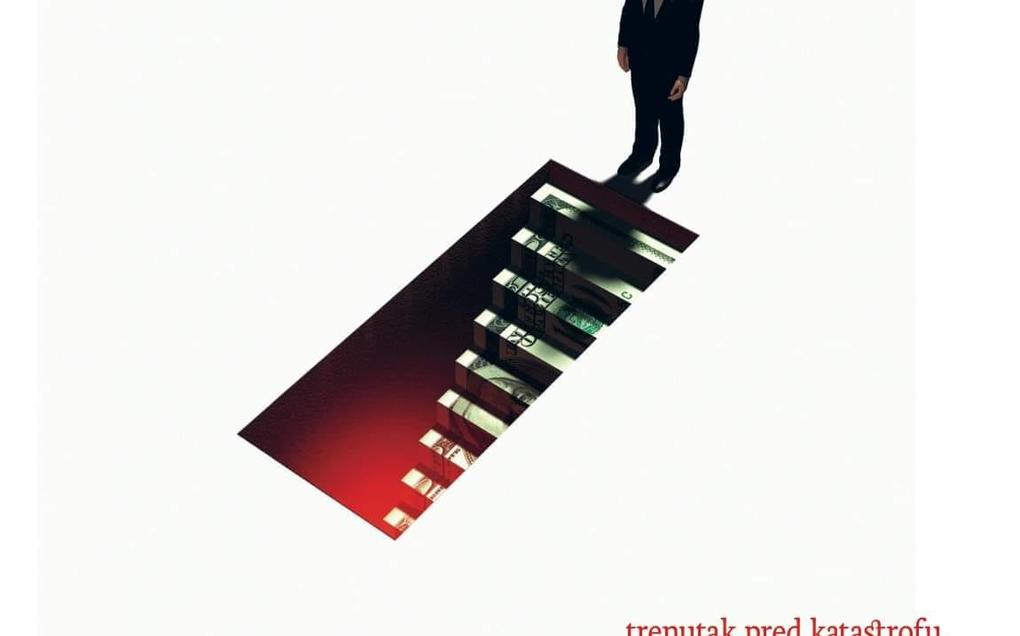Alternative biographies
Sekundo Gučetić
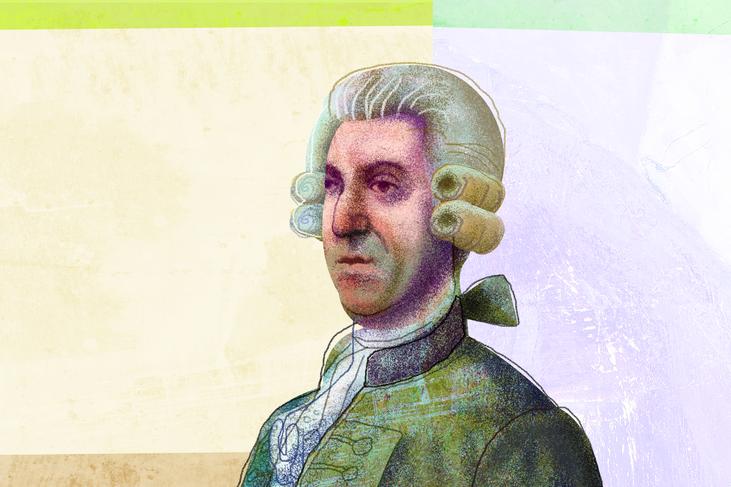
Photo gallery
With the arrival of the powerful Ottoman Empire to the frontiers of the Republic of Dubrovnik in the first half of the 15th century began a true diplomatic adventure, which lasted until the fall of the Republic in 1808. The guiding principle of Ragusan diplomacy was the preservation of neutrality. Through their persistent diplomatic manoeuvring, the Ragusans managed to prove that it was precisely their neutrality that benefitted all sides – and indeed, by discretely providing each side with what was in their interest, and making good calculations about their strength during conflicts, the Ragusan diplomacy managed to get the Republic out of almost impossible situations. From 15th century onwards, they signed bilateral treaties with the Ottoman Empire. The treaties guaranteed safe passage to Ragusan merchants through Ottoman territory and the right to military assistance. In return, they were obliged to pay the sultan a yearly tribute in the amount of 12,500 ducats (until the end of the 17th century, and from the beginning of the 18th century, the same amount every third year). The Republic elected tribute ambassadors whose task was to take the tribute to the sultan in Istanbul. The tribute ambassadors also conducted other precisely established diplomatic tasks. The tribute ambassadors were elected exclusively from nobility ranks, and Sekundo Gučetić (Gozze) was one of them. He was born around 1627 in Dubrovnik as a prominent patrician. He became a member of the Major Council when he was twenty years old. After the Great earthquake of 1667, in which he lost his mother, brother and two sisters, he excelled in the most difficult time for the Republic. Many wanted to abuse the situation when Dubrovnik was on its knees, like Grujica Vuković, who was pillaging and killing people along the Republic’s borders, and the Ragusans managed to cleverly resolve this problem. At the time, Sekundo Gučetić was the commander of the army in Konavle, the region that Vuković was pillaging. Still, he was presented with his greatest challenge when he became the tribute ambassador in the time of Kara Mustafa-Pasha, the Grand Vizier during the rule of Sultan Mehmed IV. In 1687, Gučetić was elected to be the tribute ambassador during the crisis in Ottoman-Ragusan relations, when they were trying to unjustly burden the Republic with paying an inordinately high monetary compensation. All tribute ambassadors were jailed during the crisis, and some even died in prison. Before he himself ended up in jail, Gučetić tried everything he could think of. One of his diplomatic skills was the ability to – cry. The ambassadors actually did receive detailed instructions from the Senate whom they should start crying in front of and what they should say, but this ability of Sekundo Gučetić was indeed exceptional. He cried so profusely in front of Kara Mustafa-Pasha himself that he soaked his suit, and his deputy (ćehaja), after Gučetić wanted to meet with him for the umpteenth time, said: “Alright, but if he intends to cry I do not want to see him!” Gučetić cried and pleaded in other places too, including the palace of the Bosnian beylerbey. The crying was always accompanied by the same plea: “Mercy, we are weak and poor and unable to collect what is asked…” Nevertheless, when he ended up in prison and was threatened with torture, even death, he remained steadfast, stubbornly refusing all Ottoman proposals that would damage the Republic. Eventually, the crisis ended and the Ragusans managed to reduce the damages by thirty times the amount. After the unsuccessful siege of Vienna, as punishment, the sultan ordered Kara Mustafa-Pasha be beheaded in 1683.



